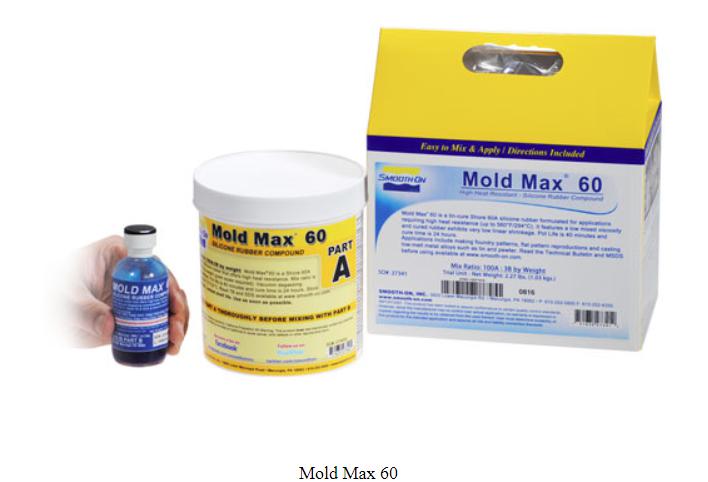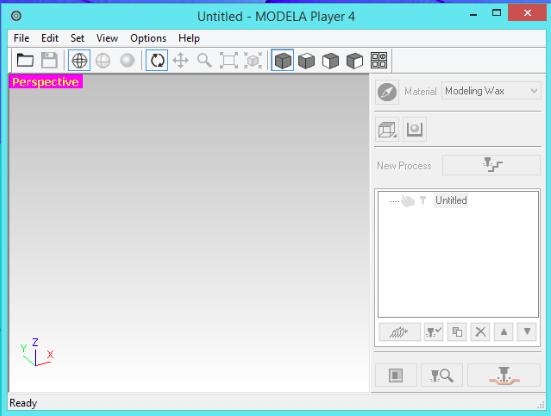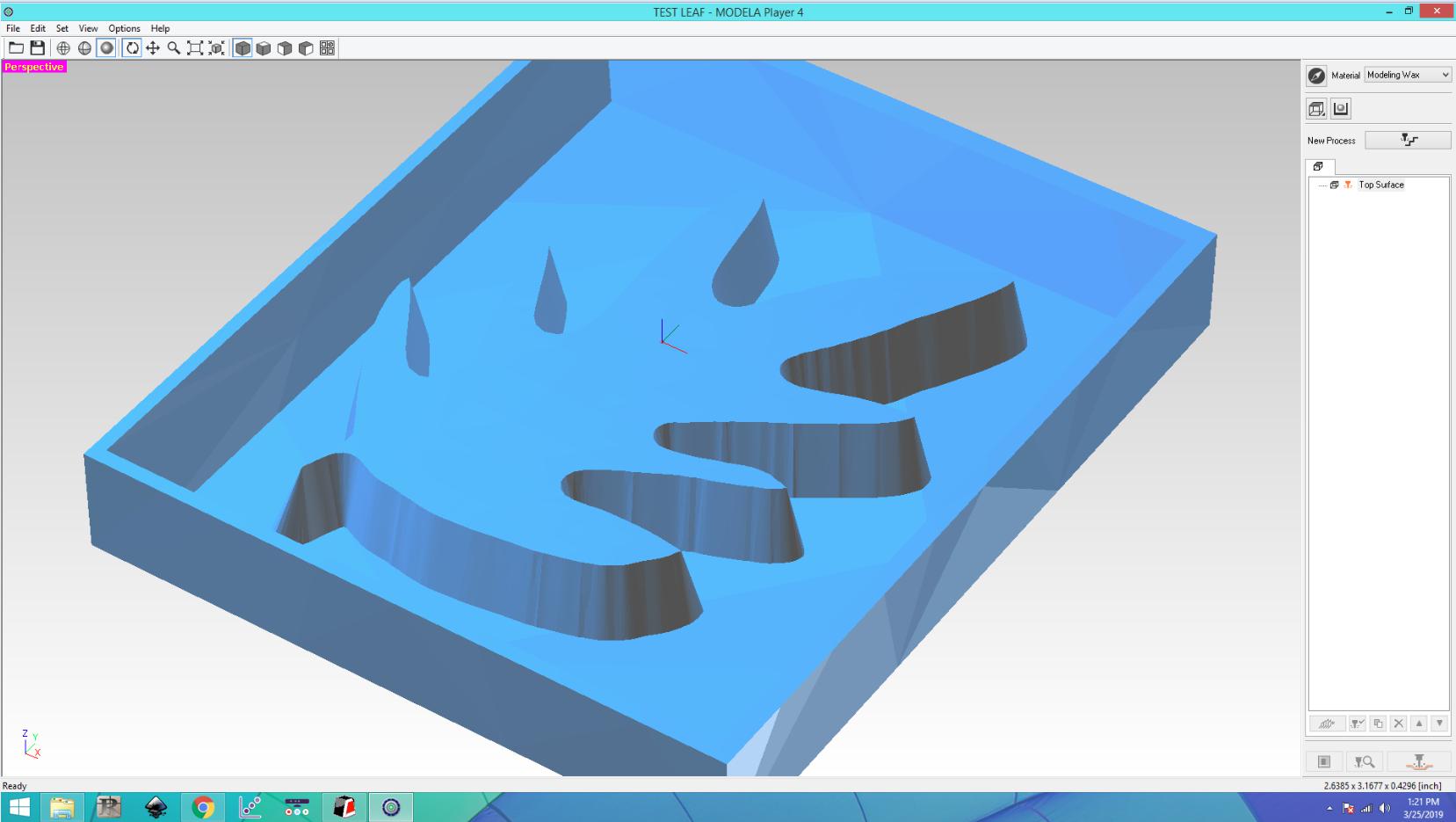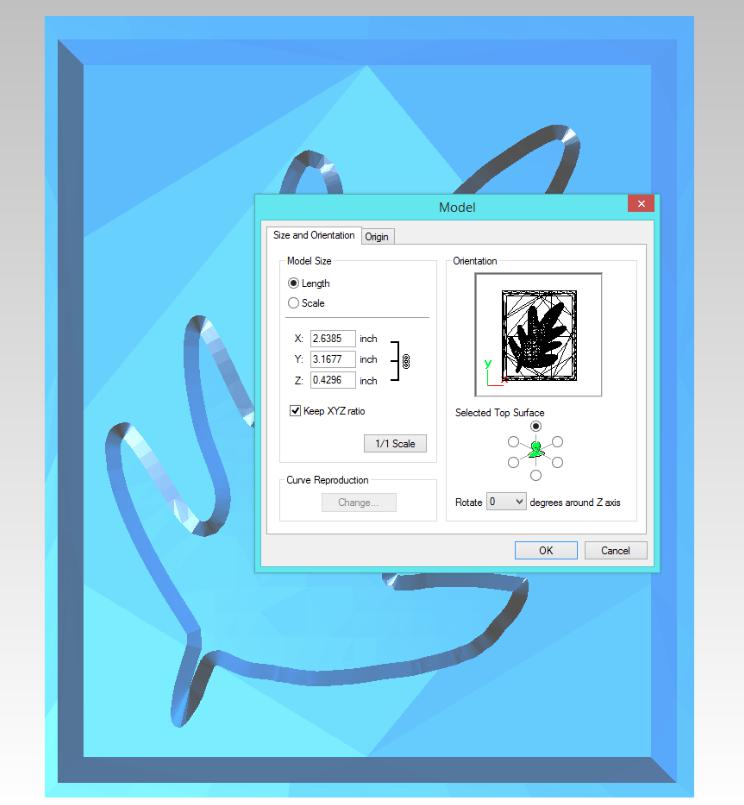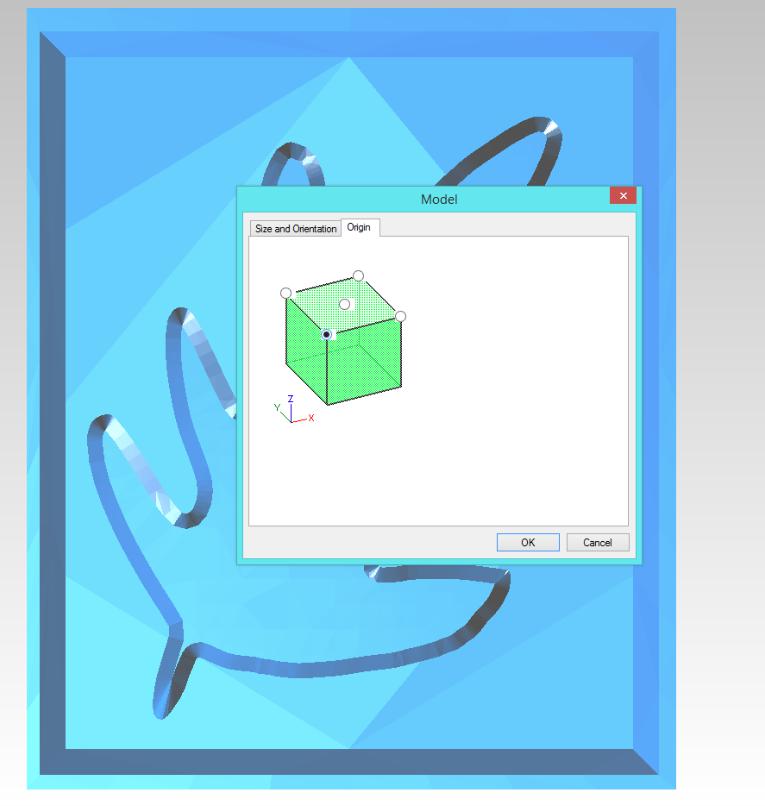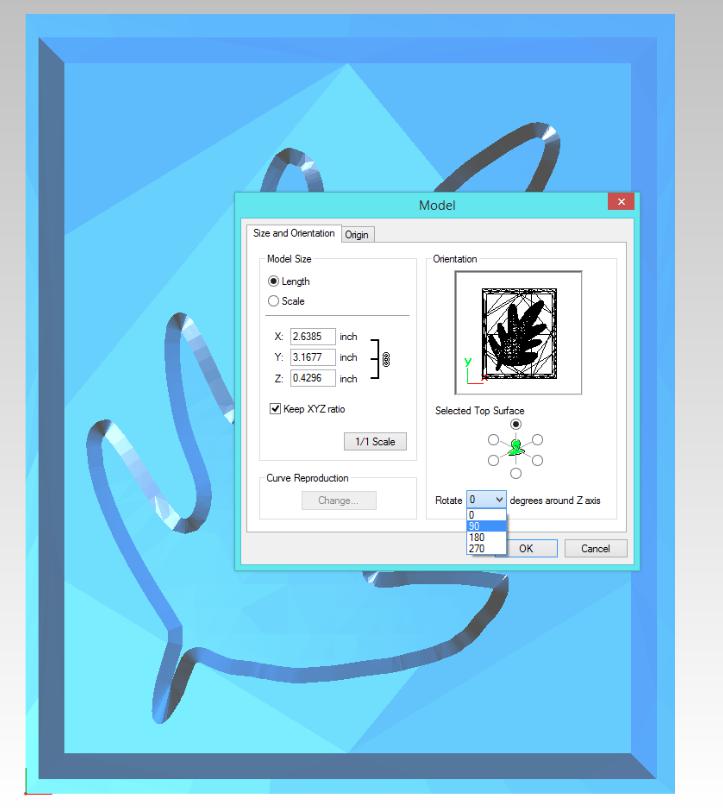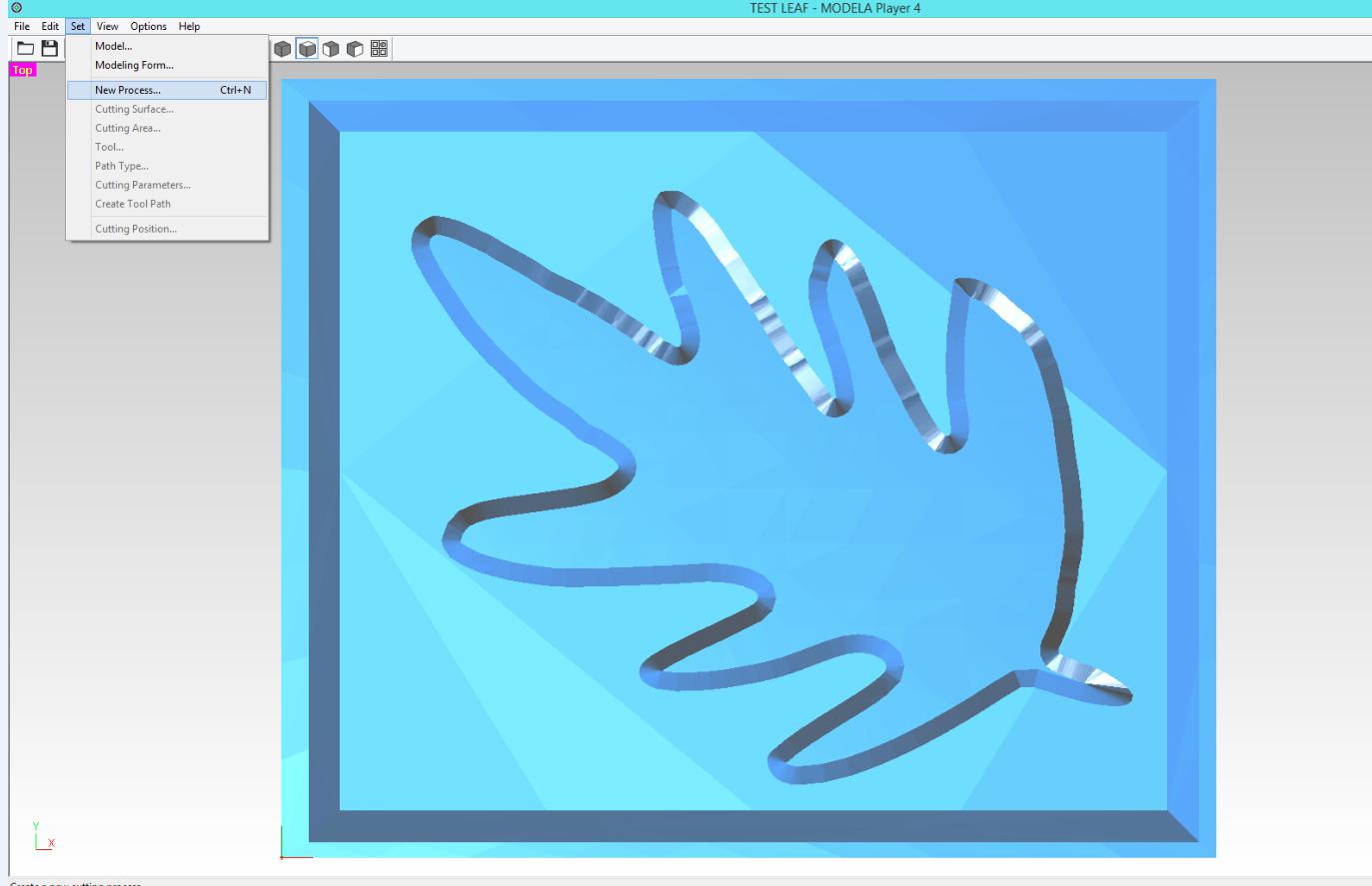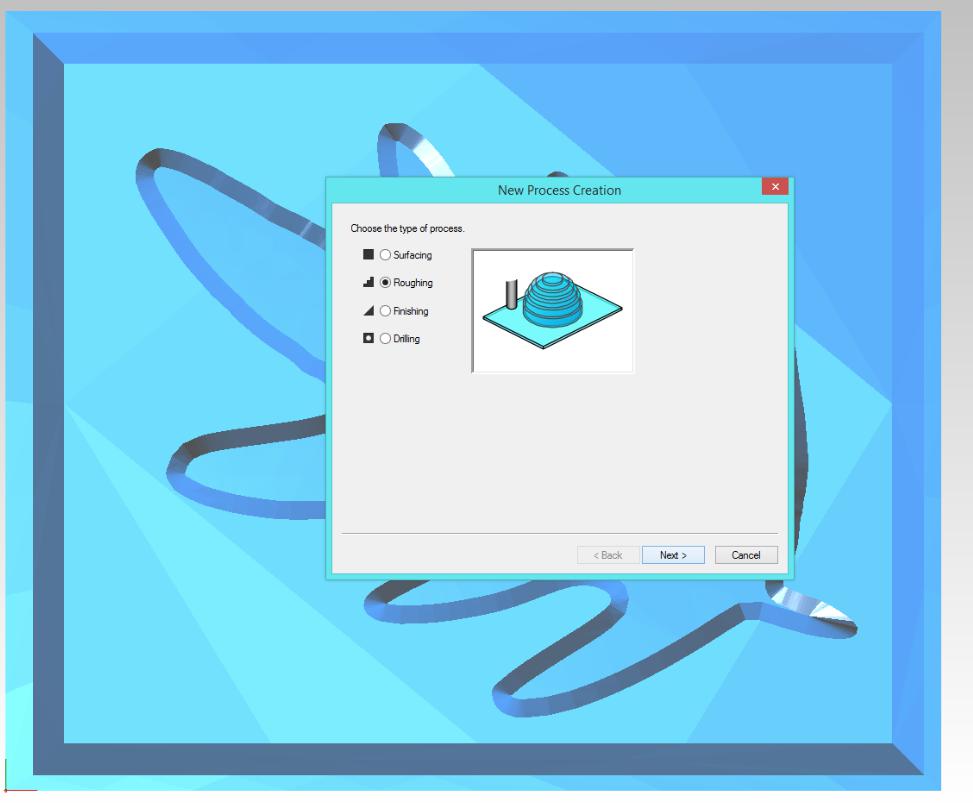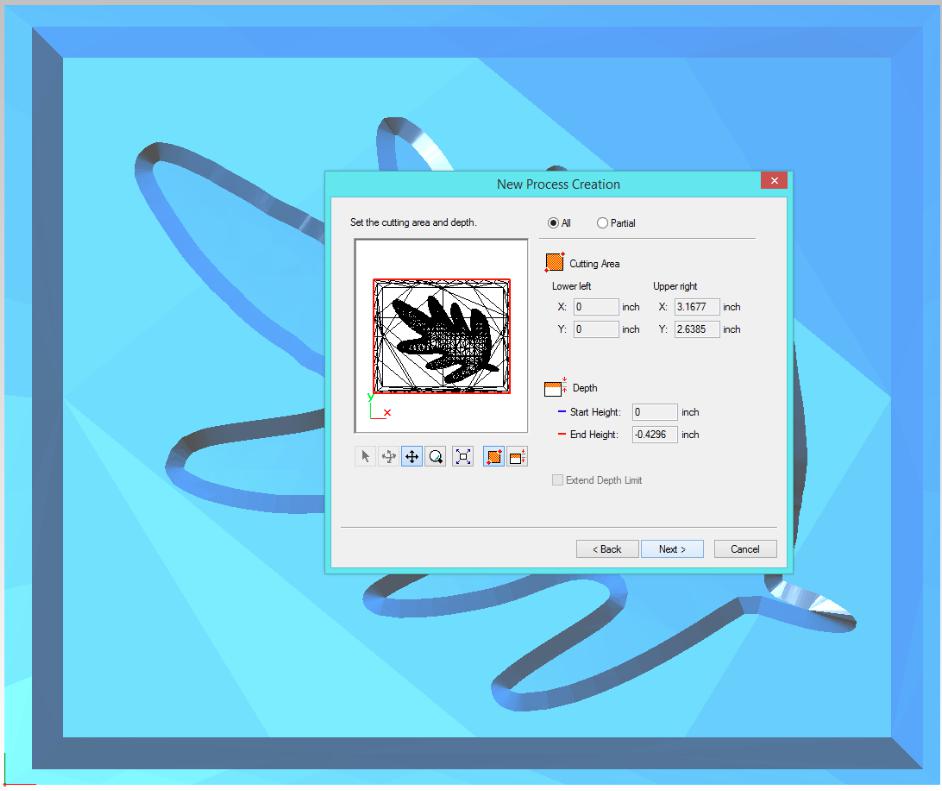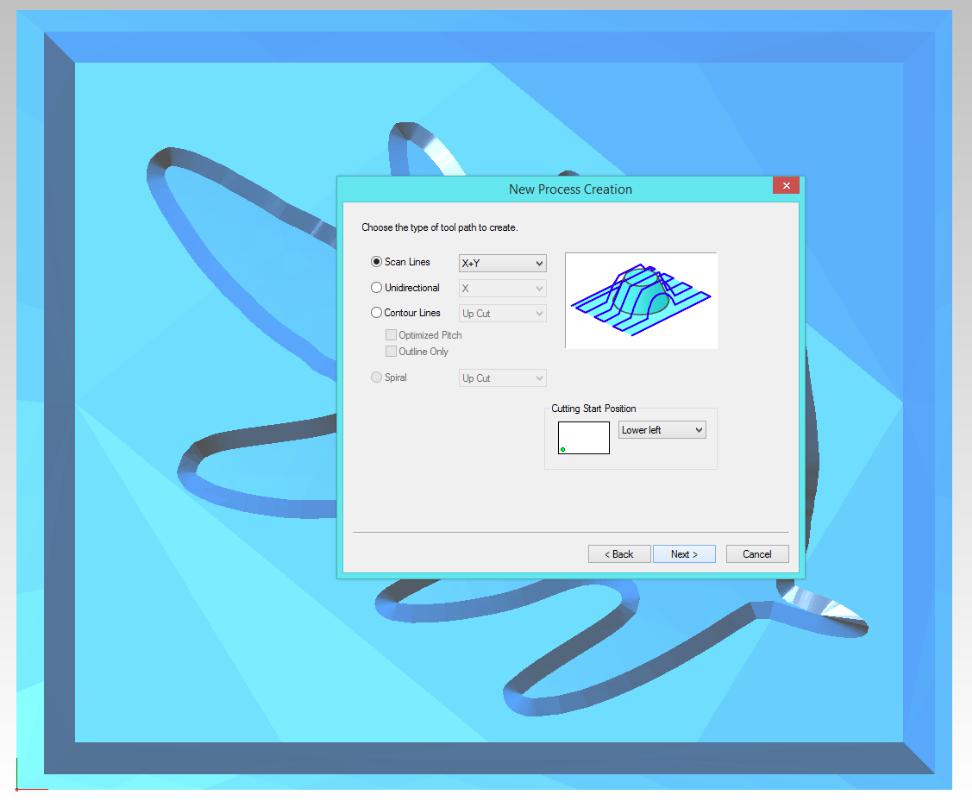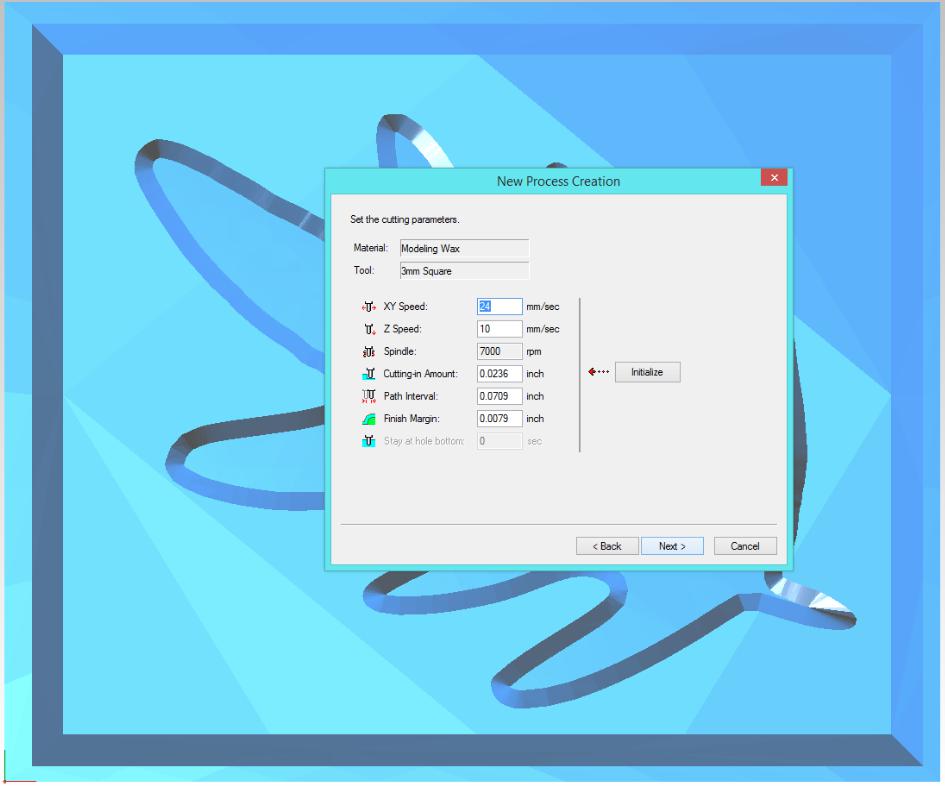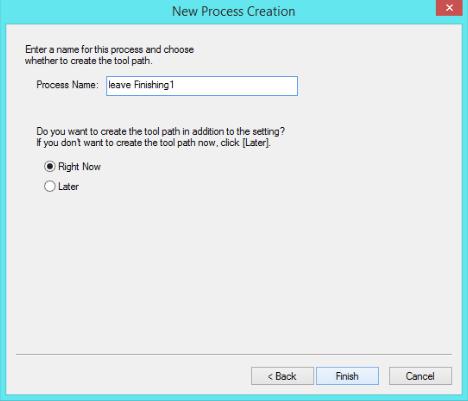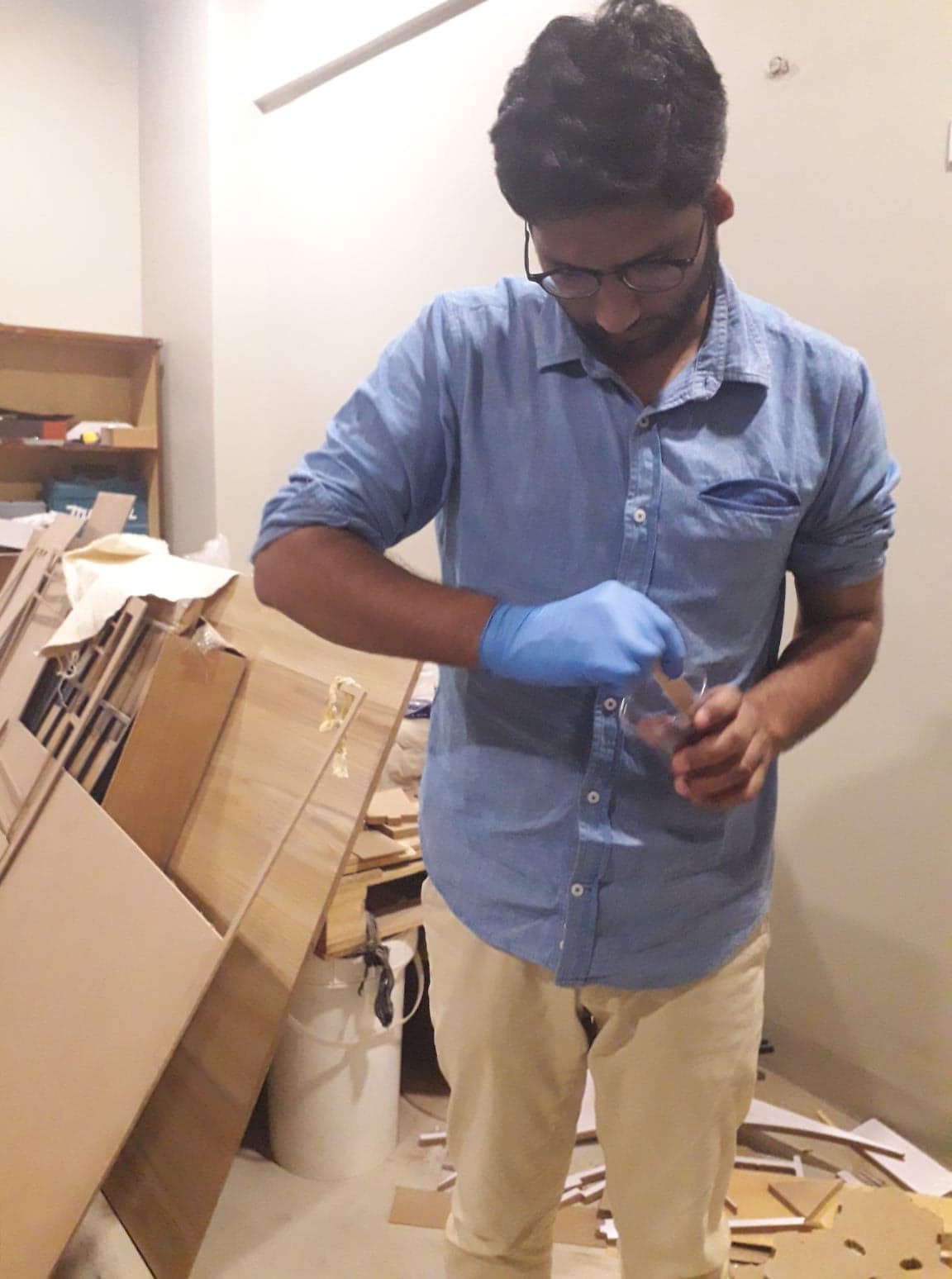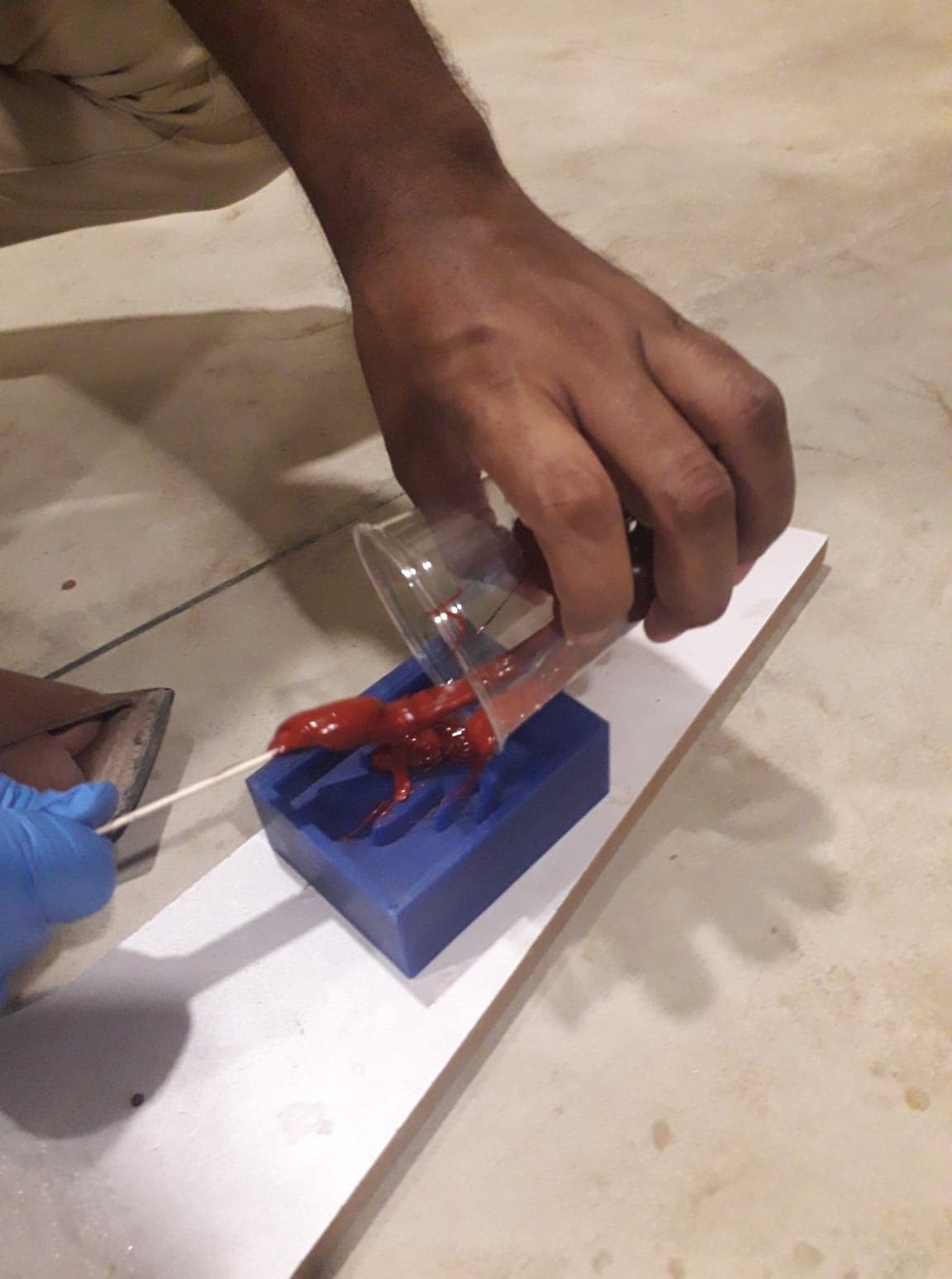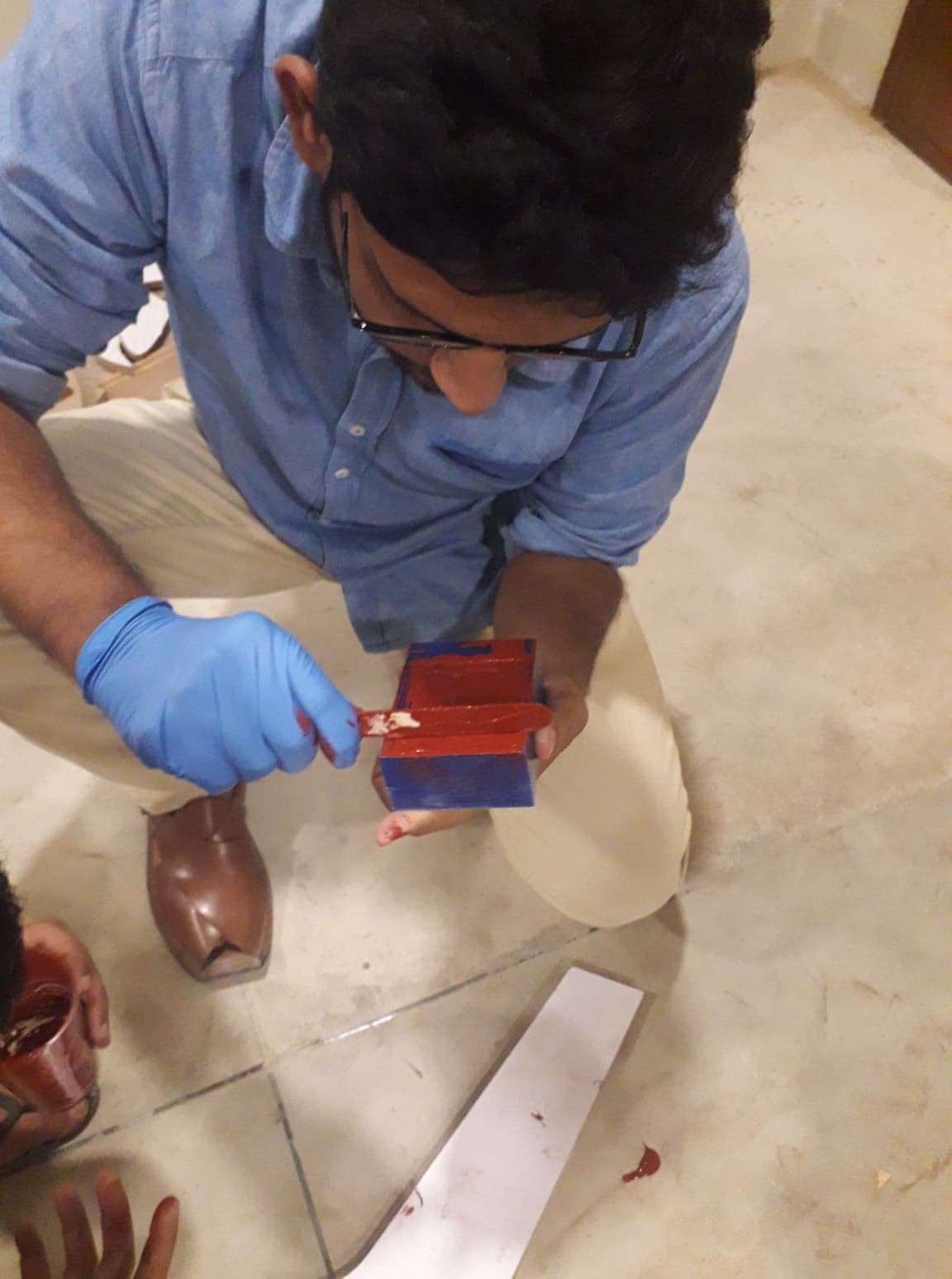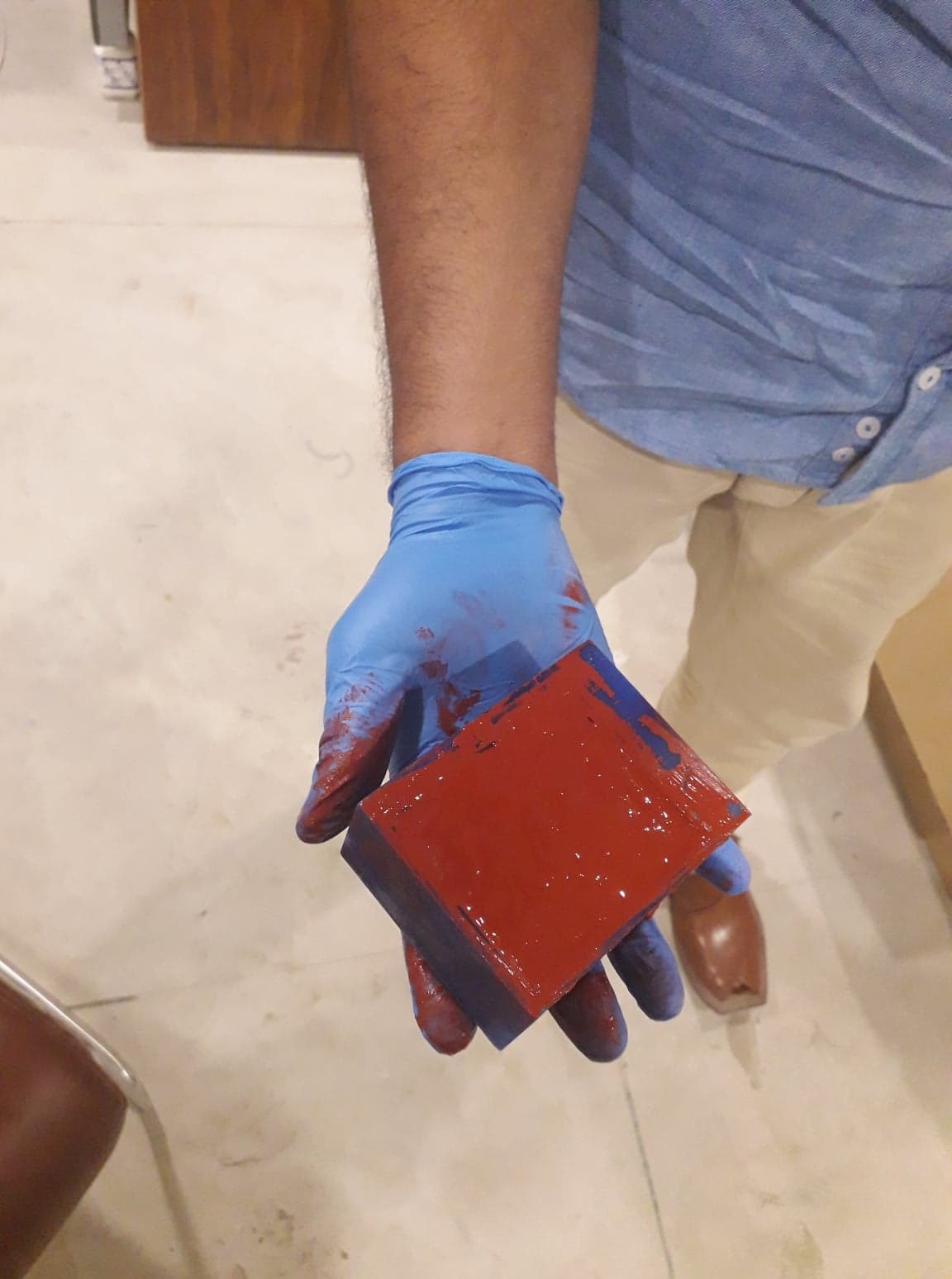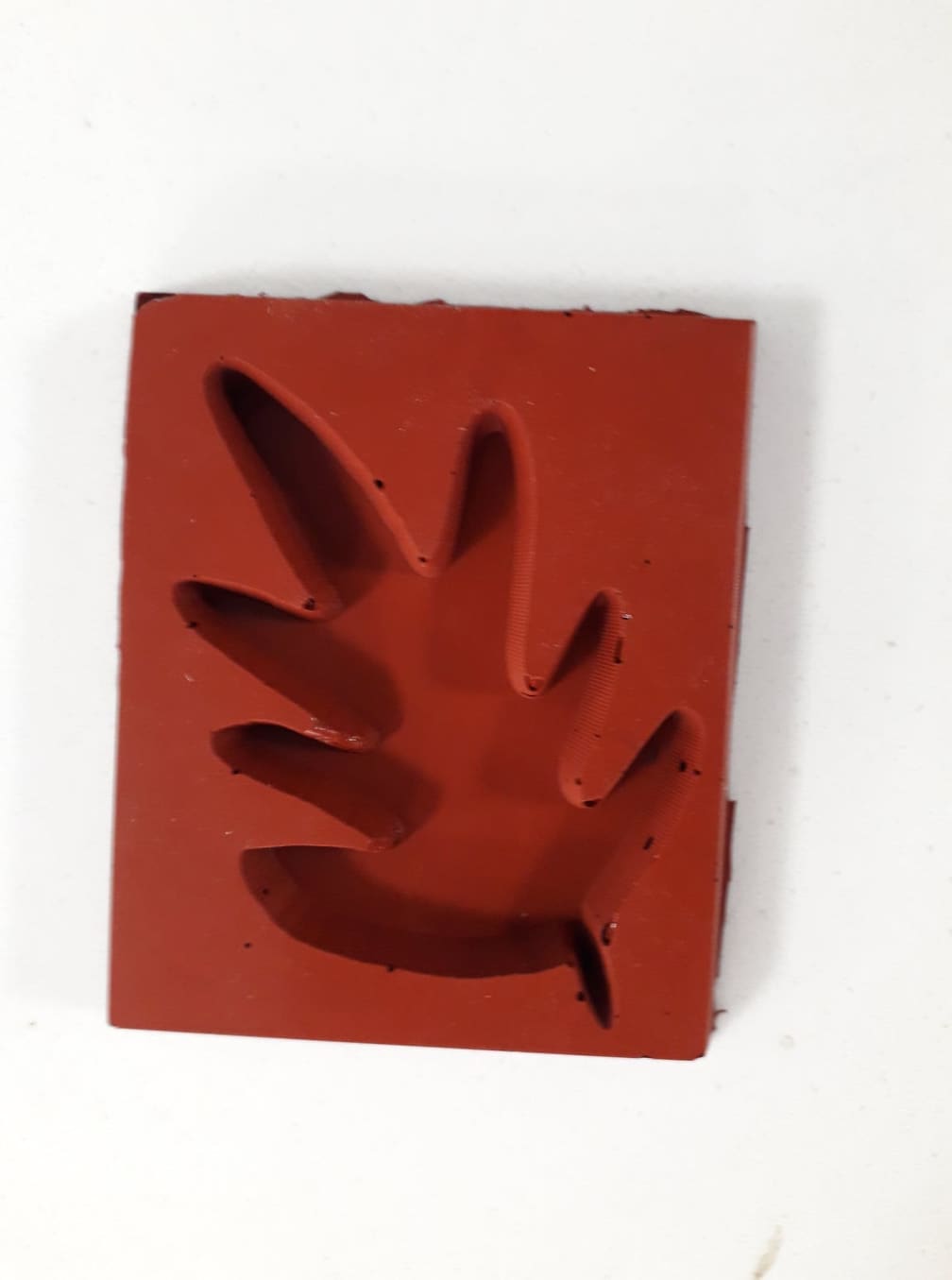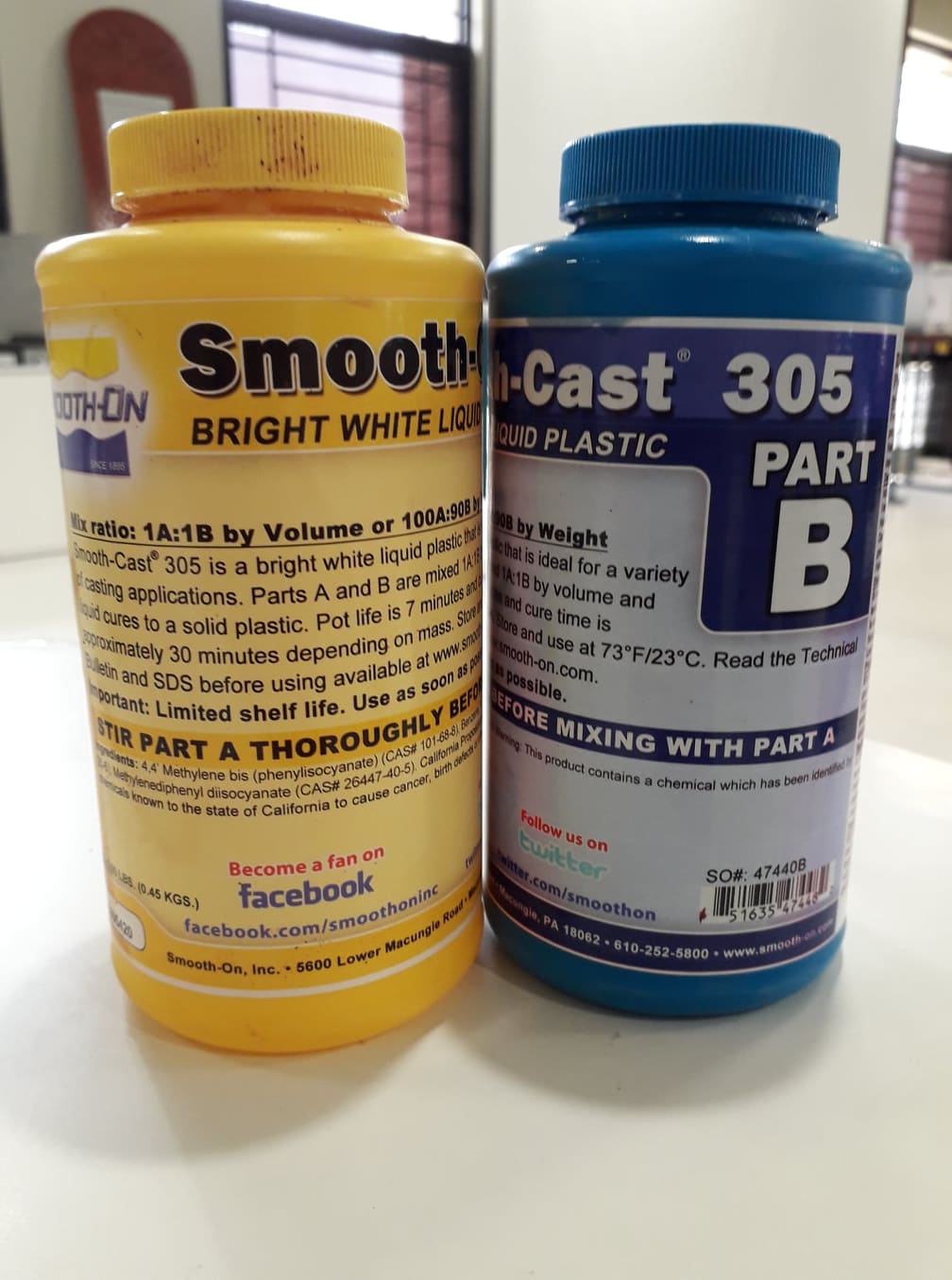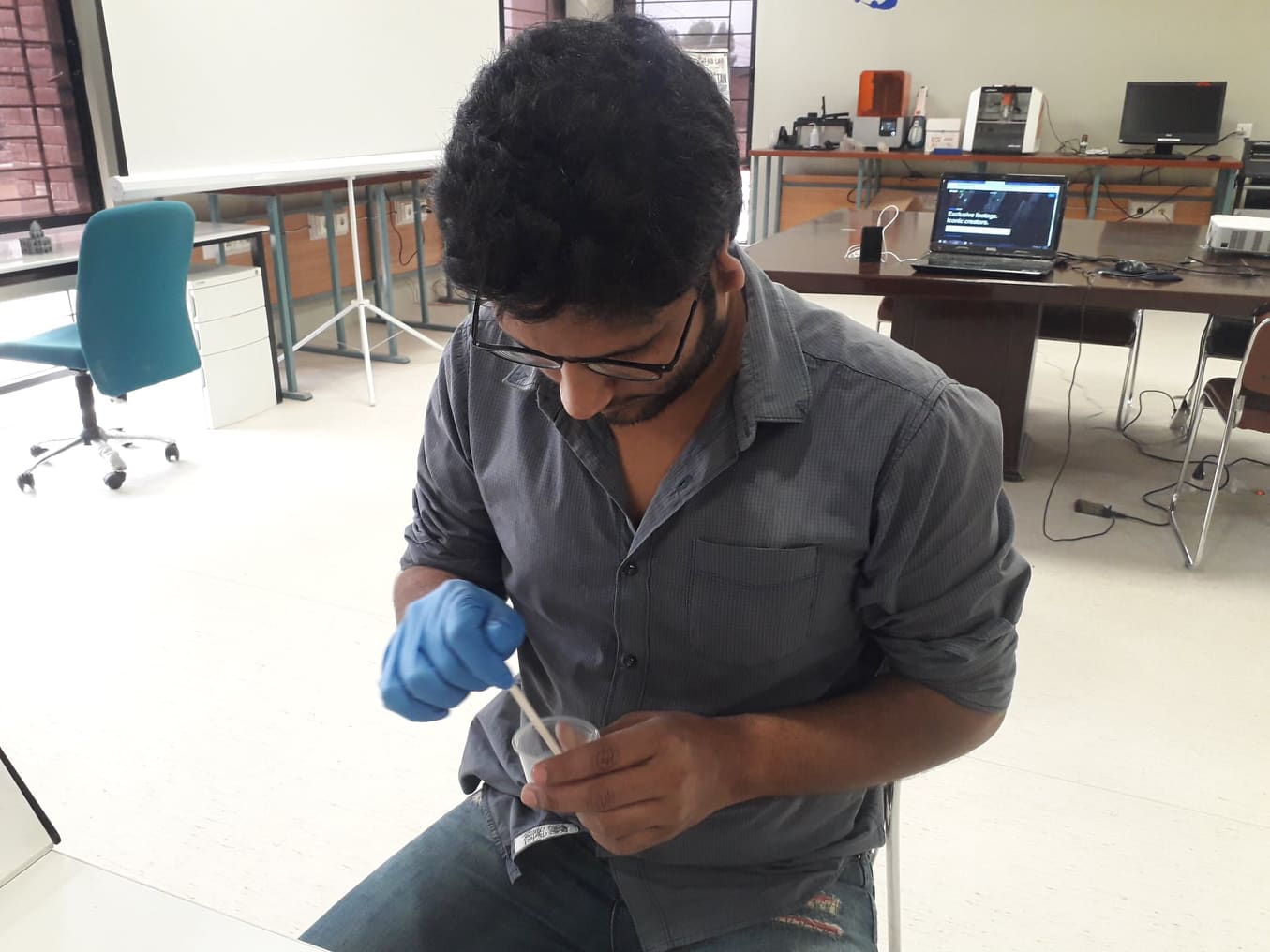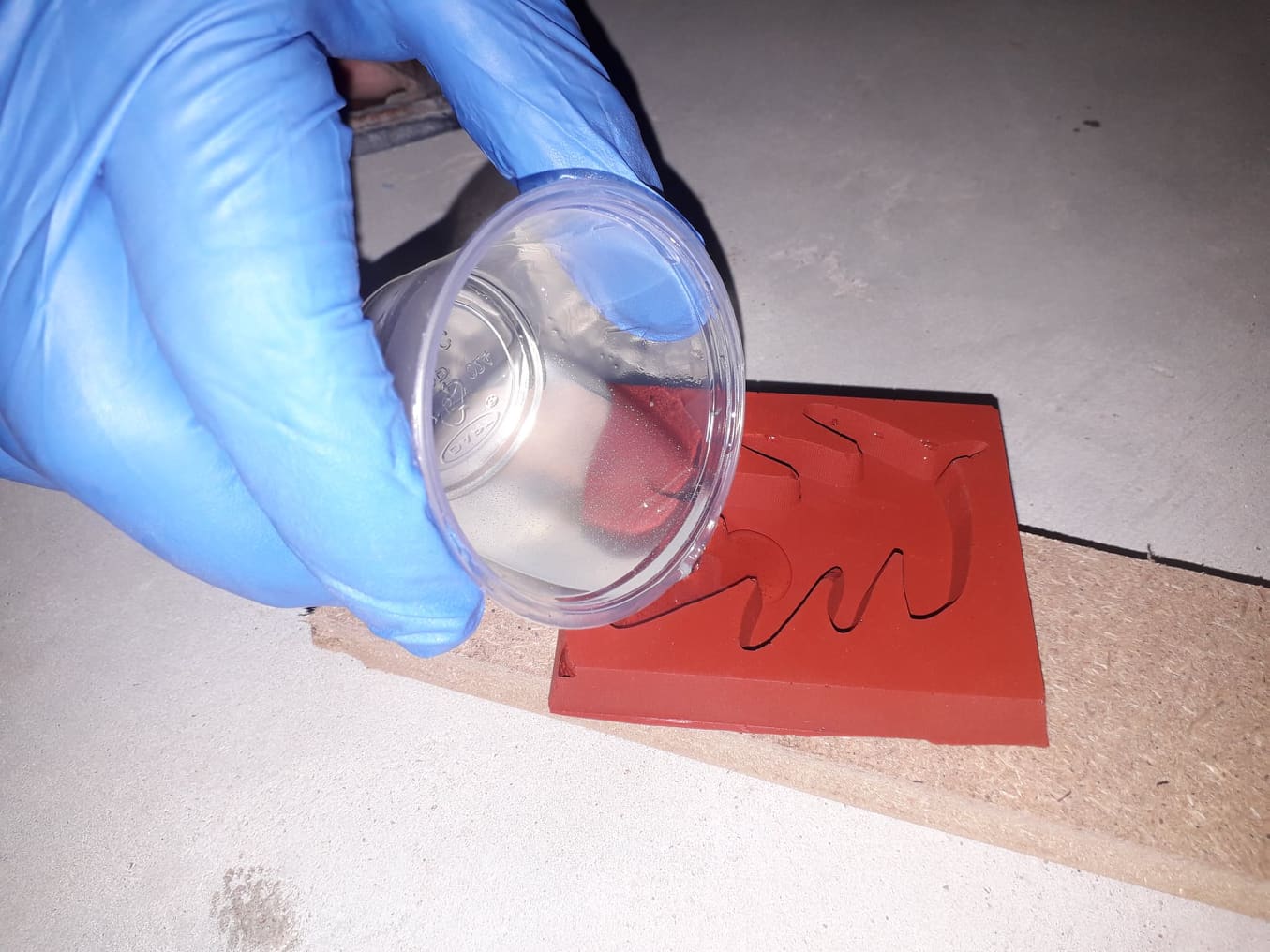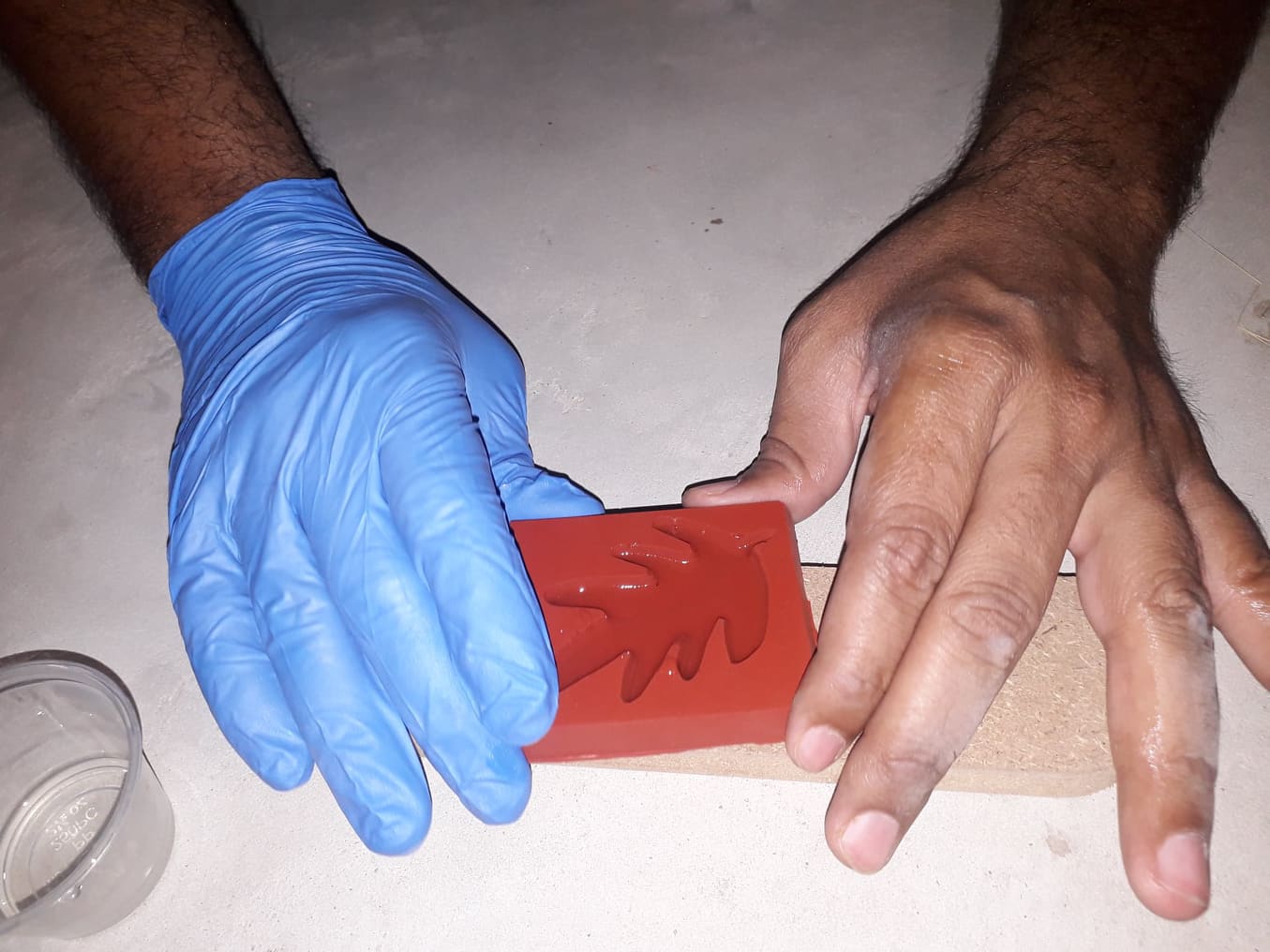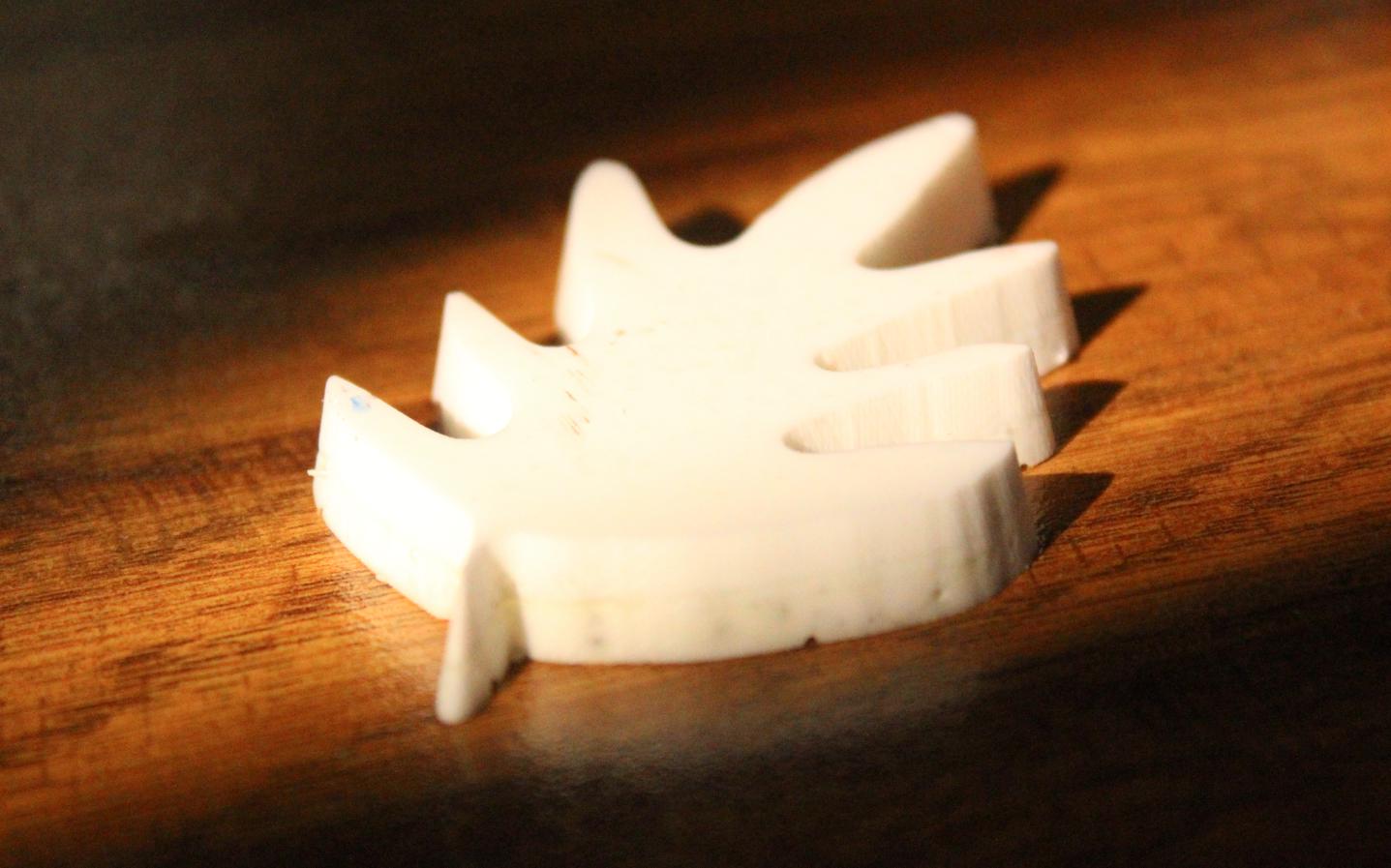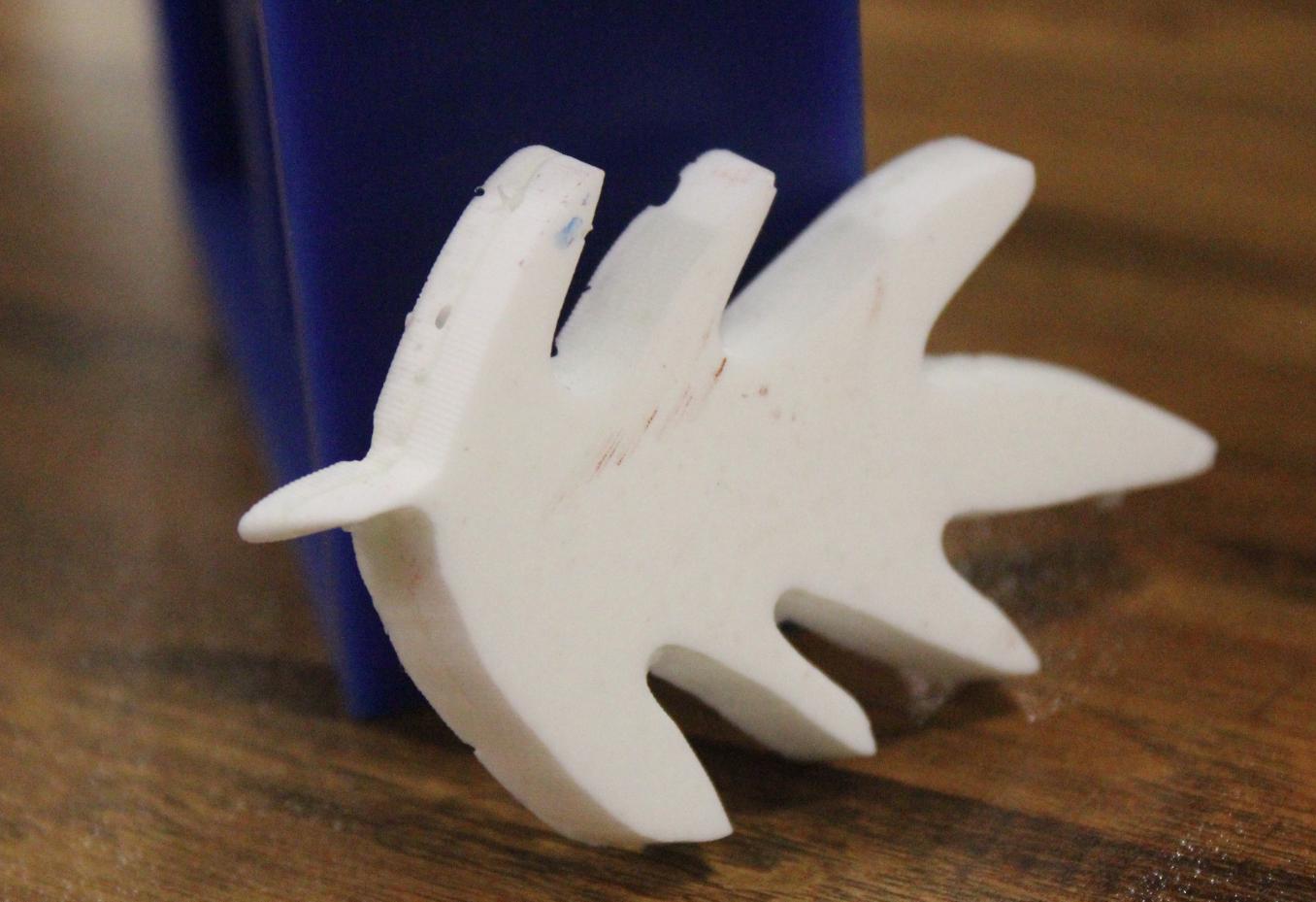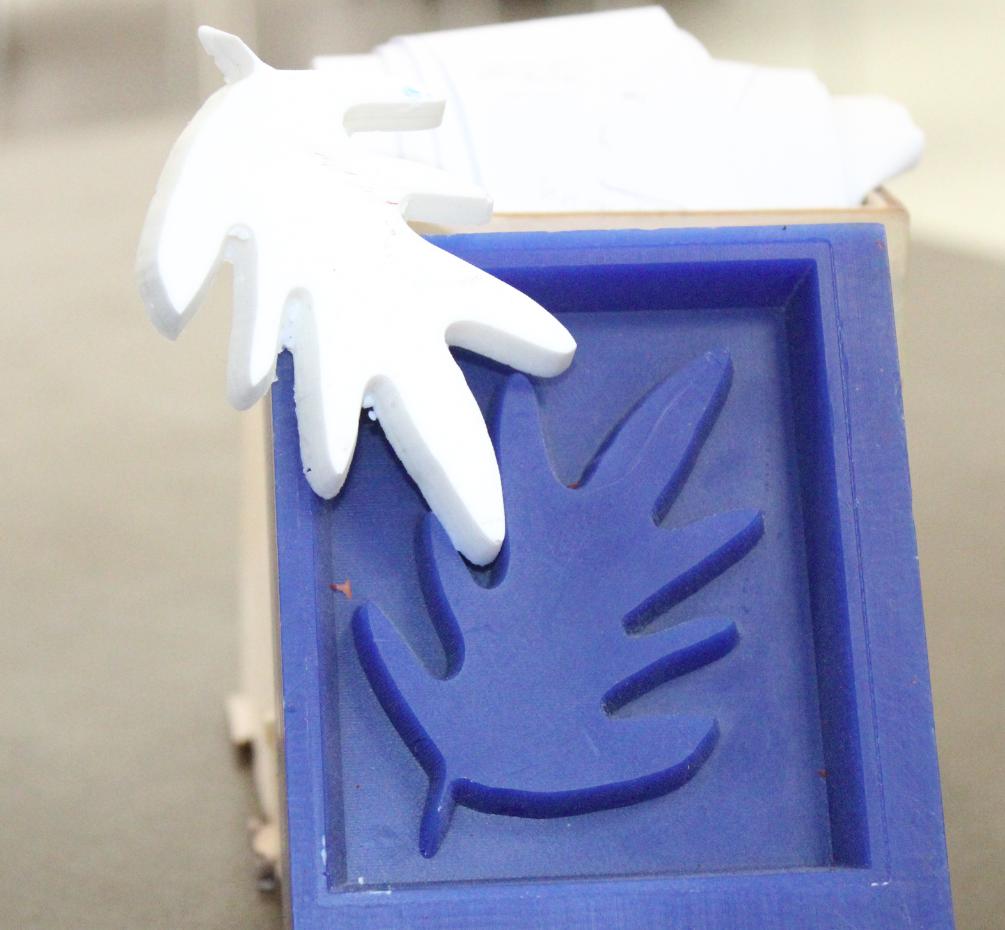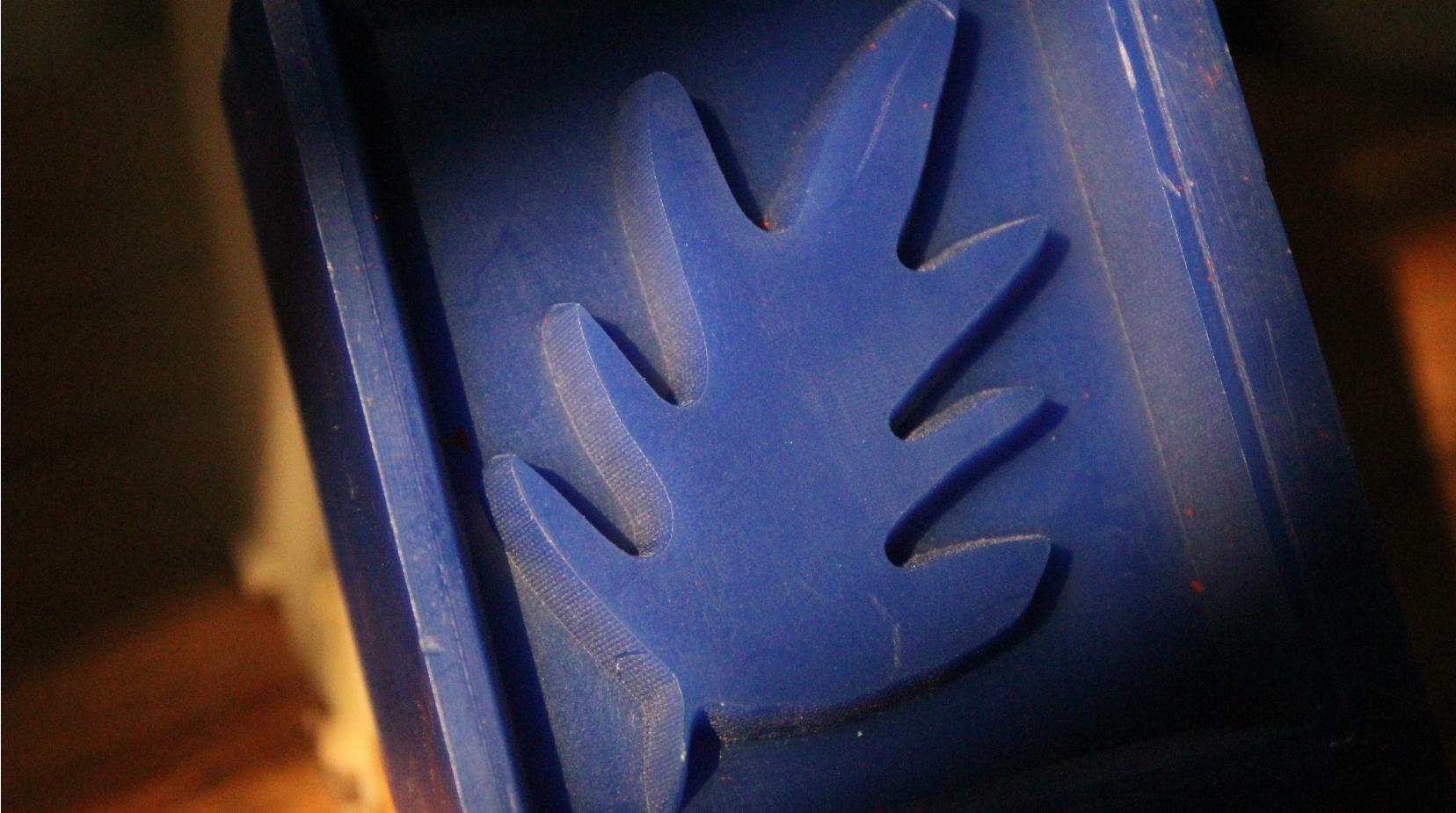This is the 9th week of Fab Academy, this week is all about Molding and Casting. On 20st of the March 2019, Professor Neil gave us a detailed lecture on the whole process of Molding and Casting. This is
unique thing for me to do any thing design, mold then cast it.Molding and Casting are two different things, where Molding means to make a hole or empty space on a block of any solid material (I used wax block) used
to give shape any liquid material (I used liquid rubber). Where as Casting is the process which involves introducing of liquid material into the molded part and wait till the material solidified well then ejected from the
mold. To complete the process, we have to fill the hollowed empty spaces of the resulted solidified (liquid rubber in this case) material. which we got just before by pouring liquid material into mold. The material which we
can use for casting are plastic, metal, rubber, clay and many more. The end product will be in our hands as soon the material solidified.
Design a mold around the stock and tooling that you'll be using, mill it, and use it to cast parts.
Review the safety data sheets for each of your molding and casting materials, then make and compare test casts with each of them.
This week group assignment is to review the datasheets of the materials we are using in making mold and cast. Below we are sharing some important points after reviewing safety datasheets of Mold Max 60 for molding
and Smooth-Cast 305 for casting materials.
Mold Max 60 Safety DataSheet Review:
Hazards Identification
- Harmful by inhalation.
- Irritating to eyes, respiratory system and skin.
- Limited evidence of a carcinogenic effect
- Harmful; danger of serious damage to health by prolonged exposure through inhalation environment.
Inhalation - Remove source(s) of contamination and move victim to fresh air. If breathing has stopped, give artificial respiration, then oxygen if needed. Contact physician immediately.
Eye Contact - Flush eyes with plenty of water. If irritation persists, seek medical attention.
Skin Contact - In case of skin contact, wash thoroughly with soap and water; remove contaminated clothing and launder before reuse; seek medical attention if rash develops.
Ingestion - Do not induce vomiting unless instructed by a physician. Contact physician immediately.
After first aid, get appropriate in-plant, paramedic, or community medical support.
Flash Point - 262 °F
Handling Precautions - Minimize breathing of vapors and avoid prolonged or repeated contact with skin. Wear proper protective equipment. If ventilation is not sufficient, wear proper respiratory equipment. Reseal
partial containers. Use good general housekeeping procedures.
Storage Requirements - Store in cool dry, well-ventilated area
Protective Clothing/Equipment - Wear chemically protective gloves to prevent prolonged or repeated skin contact. Wear protective eyeglasses or chemical safety goggles, per OSHA eyeand face-protection regulations 29 CFR
1910.133 and European Standard EN166. Contact lenses are not eye protective devices. Appropriate eye protection must be worn instead of, or in conjunction with contact lenses.
Individual Assignment
For this assignment I am going to make a leave using the soft robotics techniques, and using Sorta-clear 37 for the silicon rubber castting.
For this assignment I decided to make a simple leave(a soft leave).
I have splited the procedure in the following parts.
Designing the mold in Rhino/SolidWorks.
Creating files for milling and milling the mold using Rolland SRM-20.
Making the mold using silicon.
Casting.
Basically first I have to make a mold for the casting, and for the mold first I have to make a mold pattern and I can done this with the milling machine(SRM-20), after the mold pattern I will make final mold and will
cast product from it.
3D Model
I started my tast from designing a 3D model,so to make a leave first I download a suitable and simplified image of leaev from
GOOGLE then I opened it in INKSCAPE to make its
size and alignment and save it as .DXF format.
The steps are shown in GIF.
I opened this dxf leave file in SolidWorks and made changes according to my need and make it extude.
Steps:
Open SOLIDWORKS.
Import dxf file of leave.
Make changes according to need and final result.
Make Extrude.
Make chamfer.
Make .stl file format and save it.
I was not completely satisfied with design on SolidWorks, So I tried it on RHINO. in Rhino I also followed the previous SolidWorks steps and some new commands in it.
Steps for Rhino:
Open RHINO.
Import dxf file of leave.
Make changes according to need and final result.
Make Extrude.
Make external boundary.
Make the curve on the leave fro the comltete 3D design(we have to makea a complete 3D design not 2.5D).
Make curves on boundary.
Make it complete.

I have made curve on the top of the leaves it will be clear in the casted part of the leave because we to to make a complete 3D design NOT 2.5D .
I opened the .stl file in Cura, you can also see curves on the leave.

Now My file is ready for the Milling process.I am milling on the ROLAND SRM-20.
Here I have differnt option for the files formats for the SRM-20, I am following the Modela Player 4. So I will get the .prn file for the SRM-20 Machine.
Steps for the Modela player 4 are below.
Open the Modela Player 4.
Import the .stl file.
You can check different prepective there.
Click on Set and then Model(can change length, scale origin and rotation) and press ok.
Again click Set and then new process.
- Then select the type of process and click next.
- Then select the tool/blade for the cutting and click next.
- Set area depth etc
- select the type tool path to create and press next.
- Then set the cutting parameters and press next.
In last name it and press finish.
Mow make a felxible Mold so I can cast a leave from it.
After making Rigid Mold to make flexible mold from it. I am using Mold Max 60 which is used to cast both metal and plastic. The procedure to make mold is define below:
First I need to measure the quantity that how much material is needed. For this I poured water in my mold, and weight an empty glass. Then I put water into glass from mold and measured it.
Both part A and B are mixed in a ratio which is described in datasheet to get the same gram value measured in water.
Wait for the some time so it will be solidfy.
In last extract it from the rigid mold.
